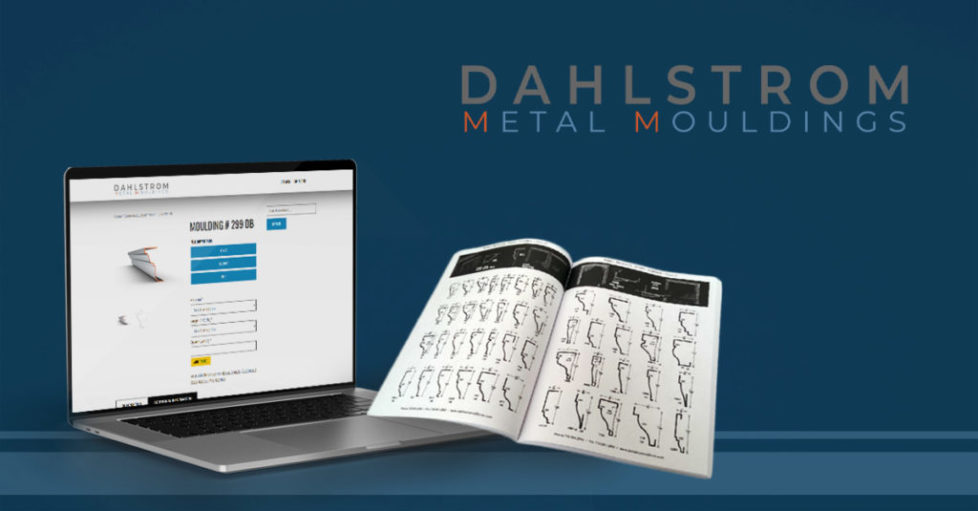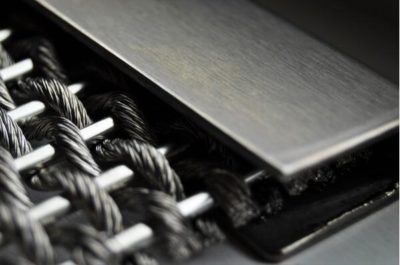
DECORATIVE METAL MOULDING CATALOG
Dahlstrom can produce a selection of 1,400+ unique metal moulding profiles. Styles range from classic to modern, utilitarian to extravagant. If you’re looking for a particular moulding shape, browse through our catalogs below — you’ll find all the moulding design ideas you could ever need for walls, doors, windows, floors, and more.

Ever Heard of MeshTrim?
Dahlstrom’s MeshTrim is a first-of-its-kind U-channel system for framing woven wire fabrics and perforated metal products. MeshTrim breaks the creative barrier placed on wire mesh producers who are relegated to using “standard” channels and angles.
This universal tool set forms channels with leg heights reaching 3 inches while maintaining small gap widths to fit nicely over wire mesh products.









